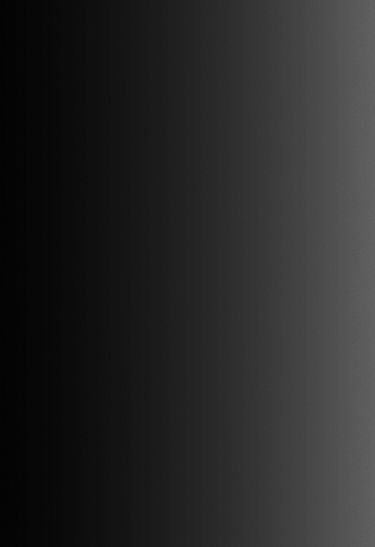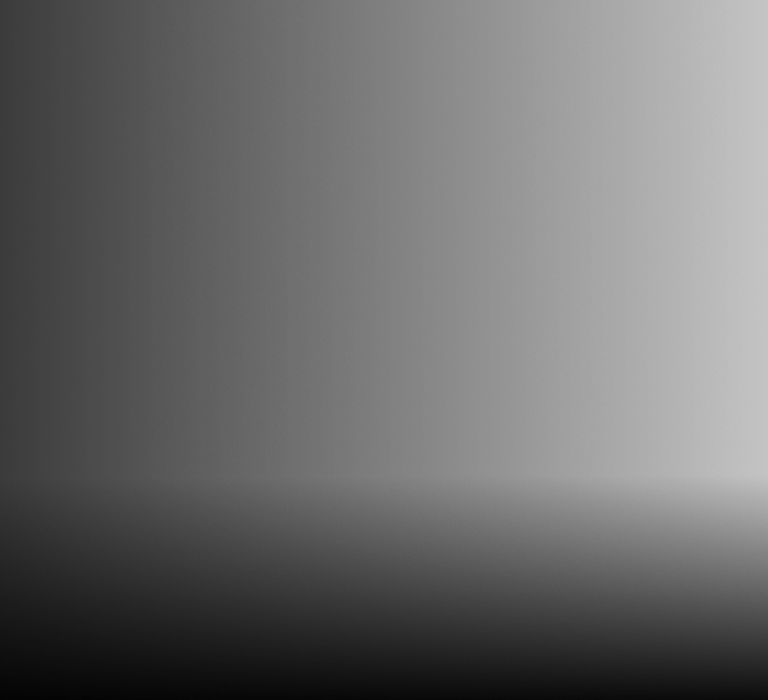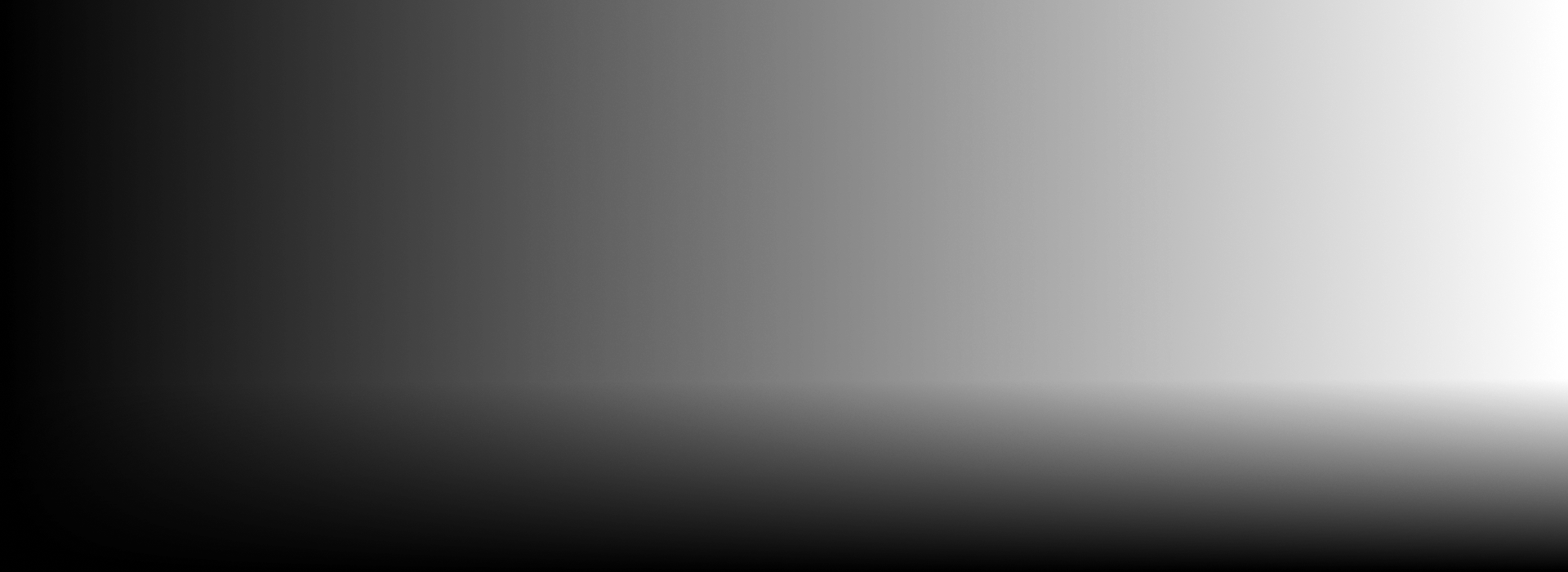The making of a living legend
If we had to list all of Elon Musk’s achievements one article wouldn’t be enough. To give you an idea, he was the clear inspiration for the character of Tony Stark, the eccentric inventor-millionaire in “Iron Man”. But let’s take a step back and find out more about his background.
Born in South Africa in 1971, his was not a happy childhood. But, as is often the case with extraordinary people, Musk was a self-learner with a thirst for knowledge that would see him read sci-fi books, essays and the Encyclopaedia Britannica for up to 10 hours a day. At the age of 9 he was given his first computer, which would become his obsession. In fact, at age 12 he programmed a videogame and sold it for the equivalent of $500. When he was 17 he left South Africa for Canada and a few years later he moved to the US.
What will most affect the future of humanity?
At college he thought about what to do in his life using the question “What will most affect the future of humanity?” as his starting point. His answer took the form of a list of five things: internet; sustainable energy; space exploration; artificial intelligence and the human genome. Musk opted for sustainable energy and enrolled in a PhD at Stanford to design high-energy-density capacitors more efficient than traditional batteries. But after just two days he quit the PhD and decided to focus on the Internet because it was 1995 and he couldn’t “bear to see the Internet wave pass him by”.
Penniless but with great prospects
Musk and his brother Kimbal founded Zip2, a combination of Google Maps and the Yellow Pages. The penniless brothers slept in the office and washed in the showers of the YMCA but eventually the company acquired some customers and began to grow. In 1999 Zip2 was sold to Compaq for 22 million and Musk followed what would become his hallmark approach: finish with one company and immediately open a more challenging one. This led, in 1999, to the crazy idea of a 100% online bank (what we now know as PayPal).
Tech doesn’t just mean digital
Let’s go back almost ten years to 2007. Tesla is running out of money, the Roadster is the tech flop of the year and SpaceX sets an unwanted record for the most failed launches. It appears to be on the verge of bankruptcy. It is worth remembering that unlike the other companies in Silicon Valley, Musk’s businesses produce goods and services that require plants, warehouses and raw materials. Then everything changes: given the ongoing improvements, NASA decides to make SpaceX its cargo company and awards it a $ 1.6 billion contract while the Tesla Model S becomes a runaway success before it is even launched.
New synergies and old needs: Solar City
If everything has already been said about Tesla the same can’t be said of Solar City. Tesla Motors’ $ 2.5 billion acquisition of the company specialising in Smart and Micro energy grids is the key to understanding the broad project with which Musk intends to fuel all his supercars in a clean and sustainable way.
The potential of Solar City:
Earth to Mars and back again
Of all of his companies, SpaceX has the most ambitious goal: that of developing space tourism. Rendering the Space Shuttle “obsolete” wasn’t easy but it was even more difficult to develop the vertical landing system that makes it possible to optimise the cost per kilo of materials taken into orbit. SpaceX next plan is to send two space tourists around the Moon. Before this, SpaceX will need the authorisation by the FAA (Federal Aviation Administration), the government organisation that checks the application of stringent security measures, which are necessary for orbital journeys. Meddling in Musk’s affairs, this flight will cost at least 300 million dollars. But the return, in terms of branding, would be so huge that it would repay any loss. After this, who wouldn’t want a Tesla in his garage?
How SpaceX works:
The first pods for the Hyperloop
Never one to rest on his laurels, in his free time Musk has developed a completely new mass transportation system: the Hyperloop. Interest in the project continues to grow also thanks to the competition to design pods that businesses and prestigious universities have participated in. The next step, scheduled for July this year, will be understanding the true top speed of the pods, similar to that of an airliner.
How does the Hyperloop work:
Epilogue: the triumph of desire
Having almost gone bankrupt in 2008 and confessed to a friend that he and his wife had “moved into his in-laws’ garage”, today Musk’s companies employ almost 30,000 people and are among the few to focus strongly on improving the lot of the entire human race. Among the many reasons for Musk’s success, this attribute sets him apart from every other famous billionaire of our time. This is why writer Ashlee Vance has suggested that what Musk is creating “has the potential to be far bigger than anything Hughes or Jobs produced”. Chris Anderson, curator of TED, calls Musk “the most memorable living entrepreneur in the world”.



